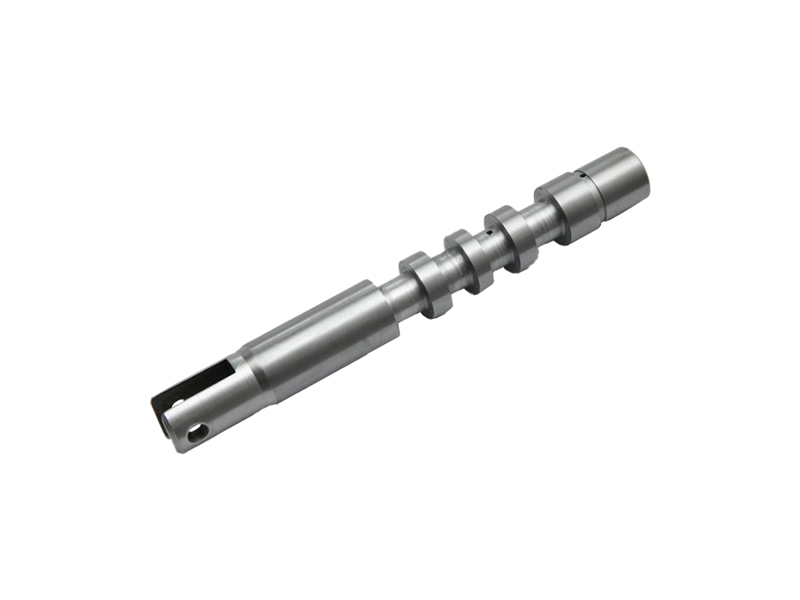Every product is carefully selected by our editors. If you buy from a link, we may earn a commission.
Welcome to Further Details, a series dedicated to ubiquitous but overlooked elements hidden on your favorite products. This week: the ring on the bottom of a cast-iron skillet. Automotive Parts And Accessories

Not much has changed about the humble cast-iron skillet from its late 1800s, early 1900s golden era to now. When the cookware returned to popularity about a decade ago (thanks largely to the flavors it can impart on one's food), it did so with similarly weighty builds, stellar heat insulation, pour spouts, a handgrip opposite the handle and a ring around the base of the pan. Unlike other, flashier cookware, cast iron remained a utility-first venture — except for that ring.
Before stainless steel, non-stick, aluminum and carbon steel pots and pans rose to power, cast iron was king of the kitchen. The raw material needed was mined during the Colonial era and through the 19th century, when prospectors discovered enormous deposits along the edges of Lake Superior in Michigan, Wisconsin and Minnesota. Legends and collectibles today, wares from makers like Griswold, Wagner, Vollrath and Wapak dominated the stovetop for nearly a century before steel and aluminum’s availability skyrocketed in post-World War II America. But what we cooked on changed as well.
Before underground grids provided cities and towns with plentiful natural gas, woodstoves reigned. These stoves operated by lighting wood logs in different compartments, each with a corresponding “eye,” or what we’d call a burner today. South American celebrity chef Francis Mallman briefly demonstrates this making a pot of coffee on a wood stove on Neflix’s Chef’s Table. The ring on the base of the cast-iron skillets — which is sometimes called a “heat ring” or “smoke ring” — allowed the skillet to slot into the eye and lift it slightly out of the flame. Except that isn’t quite true either.
According to Dennis Powell, founder of cast-iron cookware maker Butter Pat Industries, the “heat ring” is really a “machining ring.”
“Machining rings are used to remove material and make a surface flat without machining a wider surface,” Powell explains. “Flatness has always been a casting issue for large, thin surfaces. Machining rings solve them easily, now as then.”
Powell, who spent two years studying cast iron design and manufacturing documents in the Library of Congress, says the earliest records show it was called a machining ring before companies began advertising its supposed functionality. The ring does hold the pan a touch higher over the flames in the woodstove, but not enough to make a difference. A bug disguised as a feature.
Eric Steckling, head of product development at Marquette Castings, corroborates Powell’s claim.
“With any casting method it can be difficult to keep the bottom perfectly flat. Even the slightest variation will cause some wobble on a glass top. To fix this issue we just built in a ring on the bottom that we could grind on a flat surface after casting. This allows us to make sure the skillets sit perfectly flat,” Steckling says.

Pressure Die Casting Of Aluminium Thus, the heat rings you see on modern skillets are very subtle nods to cast iron’s origins and help make sure your skillet doesn’t tremble when heated on a cooktop. Rings can be found on modern brands like Smithey Ironware, Field Company, Marquette Castings and more.